Subtotal: $9 576.00
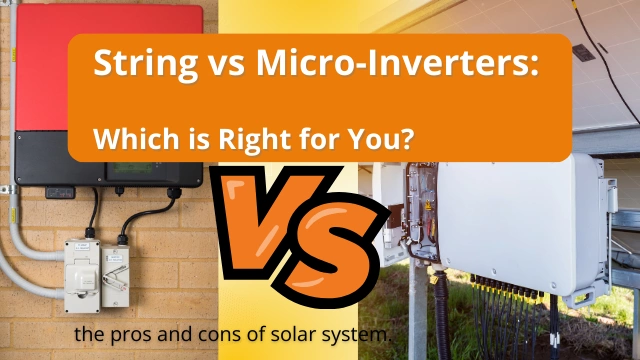
String Inverters vs. Micro-Inverters – Making the Right Choice
Alex Mulenga2024-02-18T13:24:36-06:00Solar energy has become increasingly popular as a clean and sustainable power source. When it comes to harnessing solar energy, one critical component of a solar PV system is the inverter. Inverters are responsible for converting the direct current (DC) electricity generated by solar panels into usable alternating current (AC) electricity for your home. There are two common types of inverters used in solar installations: string inverters and micro-inverters.
In this blog, we will delve into the differences and benefits of string inverters vs. micro-inverters to help you make an informed decision for your solar energy system.
Understanding String Inverters
String inverters, also known as central inverters, have been a traditional choice in solar installations. They work by connecting multiple solar panels in a series, forming a “string” of panels. These panels feed DC electricity into the string inverter, which converts it into AC electricity for your home. Here are some key points to consider:
Advantages of String Inverters
Cost-Effective: String inverters are generally more affordable upfront compared to micro-inverters, making them an attractive choice for budget-conscious consumers.
Proven Technology: String inverters have a track record of reliability and durability, as they have been used in solar installations for a long time.
Easy Maintenance: Since all the panels are connected to a single inverter, maintenance is simplified, and any issues can be diagnosed easily.
Some Popular String Inverters
-
Inverters - String
Fronius Primo 8.2-1 – Robust Solar String Inverter
4.67 out of 5$4 466.00Robust solar inverter, 8200W at 240V, AFCI, ground fault protection.
-
Inverters - String
Fronius Primo 5kW FULL – String Inverter
4.33 out of 5$2 730.005000W single-phase grid-tied inverter, suitable for indoor/outdoor use.
-
Inverters - String
Fronius Primo, 7.6kW FULL – String Inverter
4.33 out of 5$4 186.007.6kW single-phase grid-tied inverter, suitable for indoor/outdoor use.
-
Inverters - String
Fronius Primo 10kW FULL – String Inverter
4.67 out of 5$4 886.00Advanced safety, smart grid-ready single-phase inverter.
-
Inverters - String
Fronius Primo 15kW – String Inverter
4.33 out of 5Single-phase grid-tied inverter with advanced protection and compliance.
$7 140.00Original price was: $7 140.00.$6 776.00Current price is: $6 776.00. -
Inverters - String
Samlex 4.2kW Inverter – Inverter/Charger
4.33 out of 5$3 738.00Versatile power solution for off-grid and backup needs.
-
Inverters - String
SMA Sunny Tripower – 62kW
4.67 out of 5$14 798.00Compact, versatile inverter for commercial solar installations.
-
Inverters - String
Solar Edge – Energy Hub – 7.6 kW – Optimizable Inverter
4.67 out of 57.6 kW hybrid inverter with single-phase operation.
$6 300.00Original price was: $6 300.00.$5 978.00Current price is: $5 978.00. -
Inverters - String
Solar Edge – Energy Hub – 10 kW – Optimizable Inverter
4.67 out of 510 kW hybrid inverter with single-phase operation.
$7 280.00Original price was: $7 280.00.$7 238.00Current price is: $7 238.00. -
Inverters - String
Solar Edge 505W Optimizer
4.33 out of 5High-efficiency module optimization for enhanced performance.
$168.00Original price was: $168.00.$142.80Current price is: $142.80. -
Inverters - String
Solar Edge – Energy Hub – 11.4 kW Optimizable Inverter
4.33 out of 511.4 kW with integrated EV charger and monitoring.
$7 978.60Original price was: $7 978.60.$7 378.00Current price is: $7 378.00.
Drawbacks of String Inverters
Performance Impact: If one panel in a string is shaded or malfunctioning, it can affect the entire string’s performance.
Design Limitations: String inverters are less flexible in terms of system design, making them less suitable for complex roof layouts.
Limited Monitoring: Monitoring individual panel performance is more challenging with string inverters.
Exploring Micro-Inverters
Micro-inverters, on the other hand, are a newer technology that has gained popularity in recent years. Unlike string inverters, micro-inverters are attached to each individual solar panel, allowing for more granular control of the system. Here’s what you need to know:
Benefits of Micro-Inverters
Individual Panel Optimization: Unlike string inverters, micro-inverters are installed on each solar panel, allowing each panel to operate independently. This means that shading or issues with one panel do not affect the others, leading to increased overall system efficiency.
Detailed Monitoring: Many micro-inverters come with built-in monitoring systems that allow you to track the performance of each panel in real time, enabling easier maintenance and issue detection.
Scalability: Micro-inverters make it easier to expand your solar system by adding more panels as needed.
Flexible Design: Micro-inverters offer more flexibility in system design, making them ideal for installations with irregular roof shapes or varying sun exposure.
Drawbacks of Micro-Inverters
Higher Cost: Micro-inverters tend to be more expensive than string inverters, primarily due to the need for one micro-inverter per panel.
Maintenance Complexity: While they offer panel-level monitoring, the maintenance and troubleshooting can be more intricate due to the decentralized nature of the system.
Some Popular Micro Inverters
-
Inverters - Micro
APsystems DS3
4.67 out of 5Single-phase microinverters for residential and commercial use.
$510.30Original price was: $510.30.$483.00Current price is: $483.00. -
Inverters - Micro
APsystems Trunk Cable (2M) DS3 & DS3 L
4.33 out of 5$67.20A cable for daisy-chaining multiple DS3 and DS3 L inverters.
-
Inverters - Micro
APsystems DS3-S
4.67 out of 5High-efficiency microinverters with 640 VA output power.
$448.00Original price was: $448.00.$413.00Current price is: $413.00.
Choosing the Right Inverter for Your System
The choice between string and micro-inverters depends on your specific needs and preferences. Here are some considerations to help you decide:
Budget: A string inverter may be suitable if you are looking for a more cost-effective option upfront and have a simple roof layout. However, consider the long-term benefits of micro-inverters in terms of performance and monitoring.
Panel Configuration: If your solar panels are in an area with potential shading issues or varying orientations, micro-inverters can mitigate these problems.
Monitoring: If you want detailed insights into your solar system’s performance, micro-inverters with panel-level monitoring may be worth the investment.
Expansion Plans: If you plan to expand your solar array in the future, micro-inverters provide greater flexibility.
System Size: For small installations, the cost difference between string and micro-inverters may not be significant. However, for larger systems, it’s important to weigh the initial cost against long-term performance benefits.
Conclusion
In the debate of string inverters vs. micro-inverters, there is no one-size-fits-all answer. It’s important to consider the pros and cons of each option before making a decision. Ultimately, the choice you make will depend on your unique needs and personal preferences. It’s essential to consult with a solar professional who can assess your situation and provide tailored recommendations.
In summary, string inverters are cost-effective and reliable but may have limitations in terms of efficiency and design flexibility. Micro-inverters offer optimized efficiency, flexible design, and detailed monitoring, but they come at a higher cost. Carefully weigh these factors to make an informed decision that aligns with your goals for harnessing solar energy.





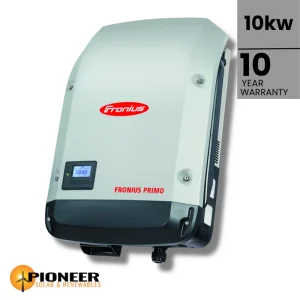







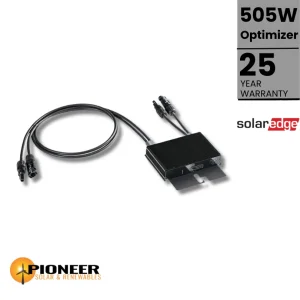
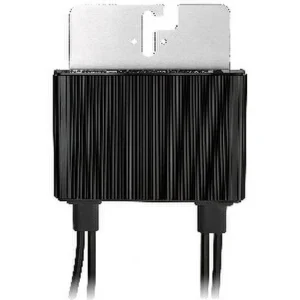








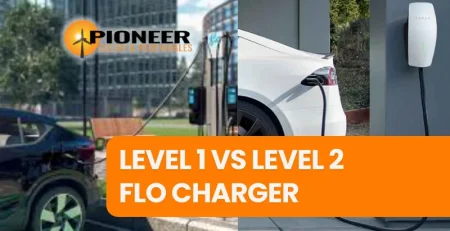
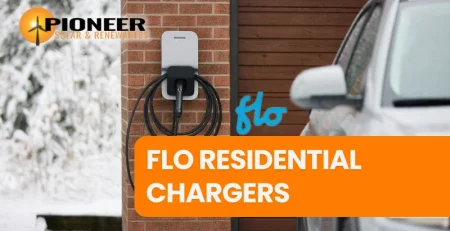


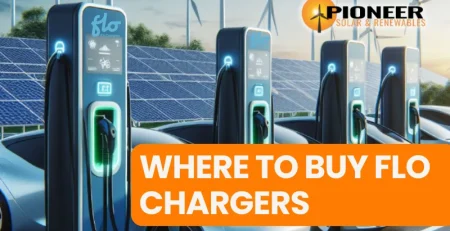



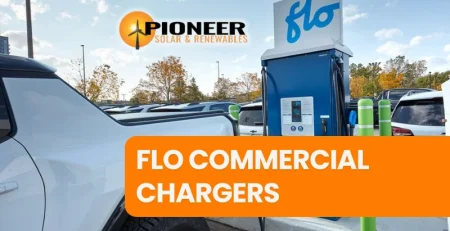


Leave a Reply